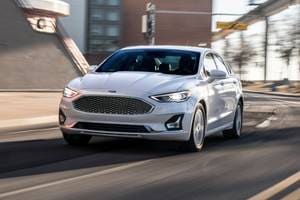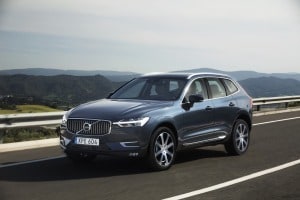Operation Twist Won't Help Car Sales
The Federal Reserve has announced a novel policy called Operation Twist, but it has little ability to make car buyers get up and dance -- or buy cars. Operation Twist plans a reshuffling of the Fed's portfolio to replace shorter term debt with longer term debt. Its goal is to lower longer term interest rates, in hopes of stimulating borrowing to spur economic growth. Unfortunately, declining consumer confidence and a stalled labor market recovery, not high interest rates, are key factors limiting growth. As a result, this policy is unlikely to have a significant impact on the economy in general, or on auto sales, in particular.
Operation Twist is designed to push longer term (six to 30 years) interest rates lower. However, these rates are already at historic lows. For example, the 10-year U.S. Treasury rate is currently at 1.875 percent, down from a 52 week high of 3.74 percent. A look at auto loan rates shows a similar picture. New car finance rates have averaged in the mid-4% range since March 2010, historic lows following a general decline since the early 1980s when rates peaked at nearly 18%. In August, auto loan rates fell even lower, to 4.2%, after the downgrade of U.S. Treasuries by Standard &Poor's. While debt downgrades often result in higher rates to compensate for increased risk, the current uncertain economic environment has raised demand for U.S. Treasuries -- considered one of the safest and most liquid investments around -- and yields have fallen since the downgrade. In addition, after the downgrade, the Fed announced a policy of maintaining low short term rates through at least 2013. As a result, the risk of rates rising on related loans, including auto loans, is small. With rates already so low, there is little room for more movement and a policy aiming to lower rates is unlikely to generate much additional borrowing.

There are several obstacles to additional borrowing -- be it mortgages or auto loans -- that lowering interest rates does not address. First, credit remains tight. Additionally, consumers continue to face a host of problems, from joblessness to limited income growth to falling home values, all of which deter additional borrowing. Moreover, the economic outlook is poor, with economists citing a one-in-three chance of a recession and growth forecasts being downgraded almost daily. A relatively small change in the interest rate is not likely to result in borrowing for consumers who are unable to qualify for a loan or who are nervous about their ability to make payments over the next few years because of feelings of job insecurity.
One thing the Fed's action did not do was increase consumer confidence, if the stock market reaction is any indicator. Stocks are freefalling deep into negative territory after the news. Even though the new policy is unlikely to have more than a marginal impact on the economy, it has little downside risk, making the market's reaction somewhat surprising. Clearly, the market wanted the Fed to take action that could generate substantial growth, which would in turn increase consumer confidence. If consumers had viewed the Fed's plan positively, they might have been motivated to purchase new vehicles this fall. But consumers lack confidence in their current economic situations and even more so in their future economic situations. Thus, they are limiting spending, especially on purchases of large durable goods such as autos.
Operation Twist does not improve Edmunds.com's updated outlook for car sales. Buying conditions, particularly supply and prices, are improving and will continue to improve through at least the end of the year. Although the Fed's policy will support continued low auto loan rates, the current environment already supported low rates. Car sales are, quite simply, not low because interest rates are too high. The key problem facing car sales is declining economic conditions, and the Fed's policy will do little to change these conditions or consumer confidence in the economy.
Lacey Plache: is the Chief Economist for Edmunds.com. Follow @AutoEconomist on Twitter.





